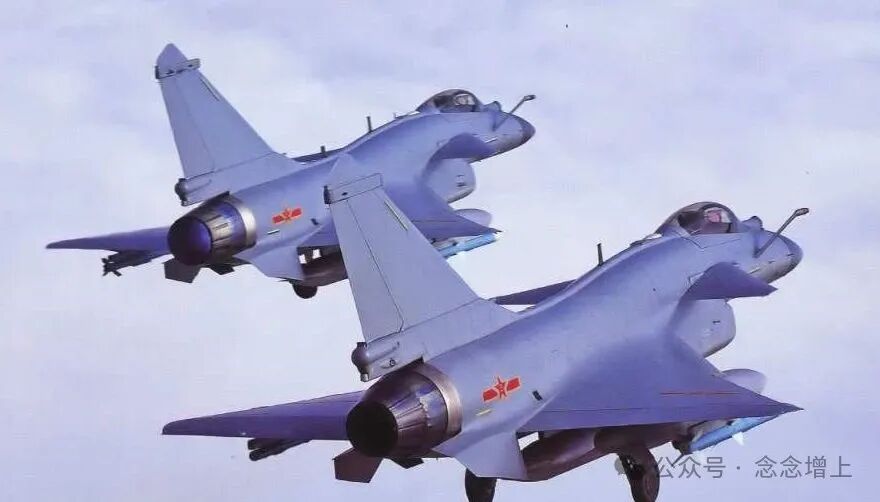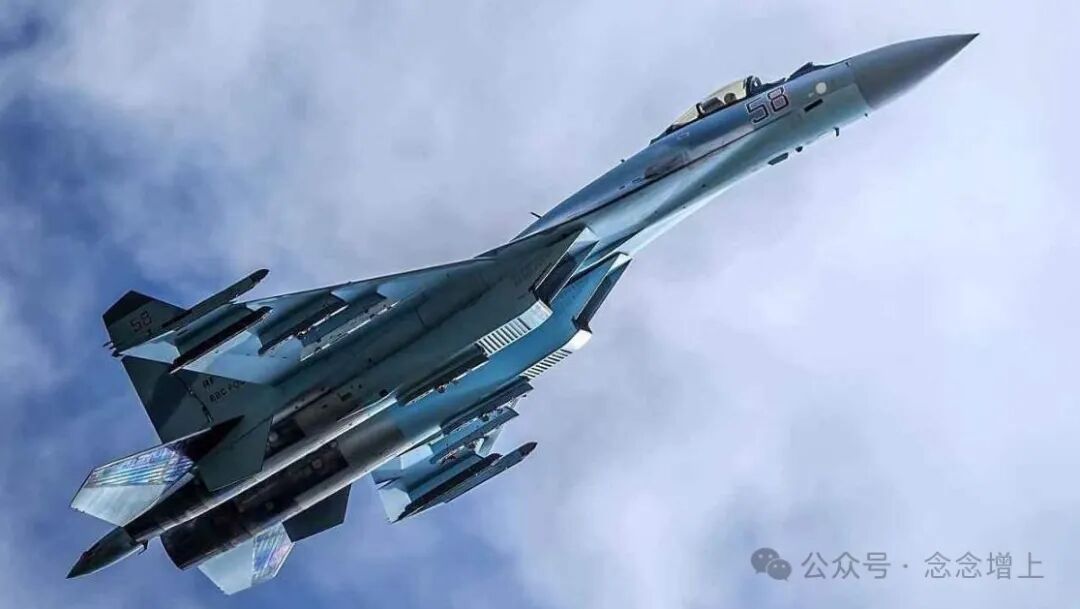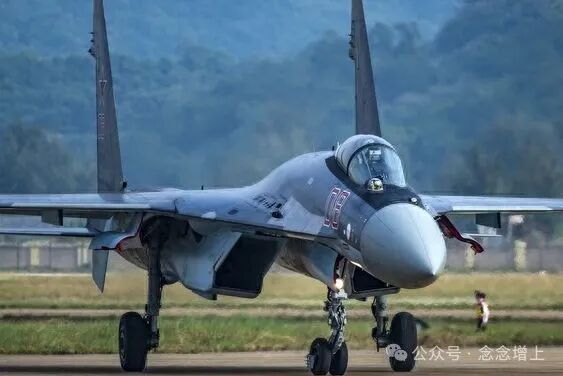In today’s increasingly complex international military landscape, the demand for advanced weaponry is growing day by day. As a “star fighter jet” imported from Russia, the Su-35 was once highly anticipated, but reality has not lived up to expectations. When we examine the actual application of this aircraft, known as the “ultimate guardian,” in China, a series of questions arise that provoke deep reflection.
Once, the Su-35 was a source of pride for the Russian Air Force, boasting powerful air combat capabilities and advanced electronic systems. In 2015, China invested approximately $2 billion to acquire 24 Su-35s, marking a significant milestone in Sino-Russian military cooperation. However, over time, this aircraft has gradually revealed aspects that do not align with expectations.
The shift in attitude towards the Su-35 by multiple countries reflects profound changes in the international military equipment market and is a testament to the growing confidence in China’s domestically produced fighter jets. According to reliable sources, Indonesia and Egypt, which initially intended to acquire the Su-35, ultimately decided to cancel their orders after observing China’s operational experiences. This “return” phenomenon is not merely a rejection of a single model but raises questions about the competitiveness of the entire Russian weapon system.
In the Chinese Air Force’s actual combat exercises, the performance of the Su-35 has also been disappointing. In the renowned “Golden Helmet” confrontation, the Su-35 faced off against the domestically produced J-10C, resulting in an unfavorable record of 1:3.2. This data undoubtedly represents a significant blow to the combat capabilities of the Su-35. The J-10C, with its lightweight airframe, advanced avionics system, and China’s independently developed active phased array radar, demonstrated a clear advantage in close combat.

The Russia-Ukraine conflict has further exposed the vulnerabilities of the Su-35. Battlefield data indicates that the survival rate of the Su-35 in intense air combat environments is far below expectations, with an average monthly loss rate of 0.23 aircraft, significantly higher than other Russian aircraft. This phenomenon has sparked widespread discussion among military experts: Is it design flaws that make the aircraft easy to shoot down, or improper usage strategies that lead to unnecessary losses? Regardless of the reasons, the performance of the Su-35 in actual combat has left a profound lesson.
However, from another perspective, China’s acquisition of the Su-35 has not been without gains. “Technological digestion and absorption” has always been an important path for the development of China’s military industry. The Su-35’s 117S vector engine, advanced radar systems, and electronic countermeasure equipment have provided valuable references for China’s aviation industry. According to insiders, several technologies from the Su-35 have been thoroughly studied by Chinese engineers and have been improved and applied in domestically produced aircraft such as the J-16 and J-20.

The tactical positioning of the Su-35 in the Chinese Air Force has quietly shifted from an air superiority fighter to a support platform, demonstrating the maturity and wisdom of China’s military strategy. In South China Sea patrols, the Su-35, with its operational radius of 1900 kilometers, has gradually taken on the role of an “airborne refueling station.” Additionally, by equipping electronic warfare pods, the Su-35 can perform tactical jamming missions at relatively low costs, supporting the integrated combat system.
In today’s rapidly evolving global military equipment landscape, there is no forever “strongest fighter jet,” only the most suitable tactical application.Through the path of introduction, digestion, and innovation, China has not only effectively enhanced its national defense capabilities but has also cultivated a research team capable of independently developing advanced weaponry, which is the true strategic victory. In fact, the leap in China’s aviation industry from the Su-27 to the Su-35, and then to the fully independently developed J-20, is evident.

While Western media are busy questioning the value of the Su-35 in China, they overlook a key fact: true strong nations do not place their hopes entirely on foreign equipment but achieve self-reliance through continuous learning and innovation. The introduction of the Su-35 should be seen as a phase in the development of China’s aviation industry, not the end point.
Undoubtedly, as advanced aircraft such as the domestically produced J-20 and J-16 are increasingly deployed, the strength of the Chinese Air Force is reaching new heights. In this process, the role of the Su-35 may no longer be the leading one, but the technological insights and tactical experiences it has provided have undoubtedly injected valuable nutrients into the modernization of the Chinese Air Force. History will ultimately prove that true strength lies not in blindly chasing foreign advanced equipment but in forging a development path suited to one’s national conditions.